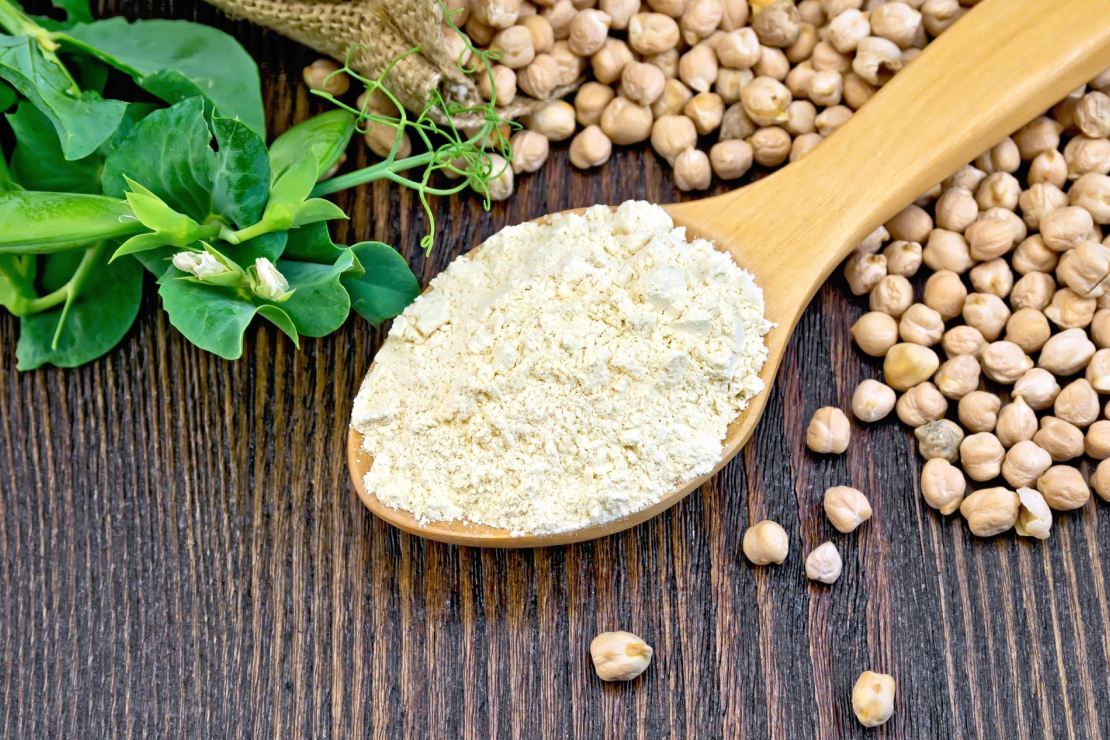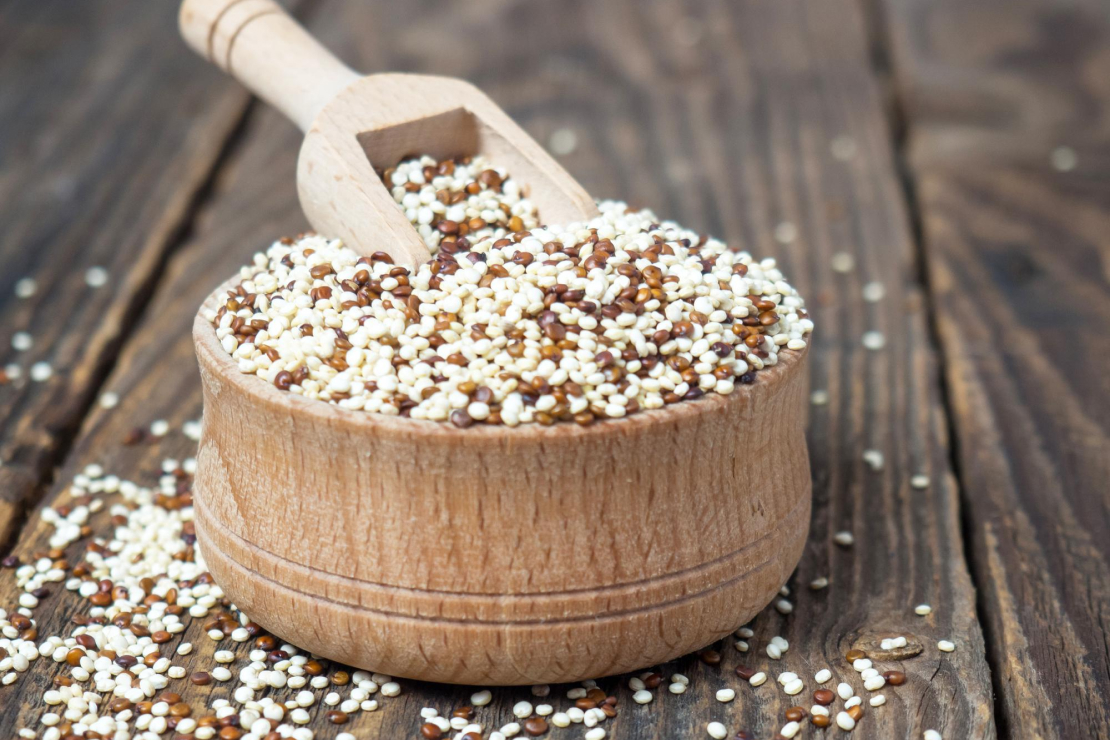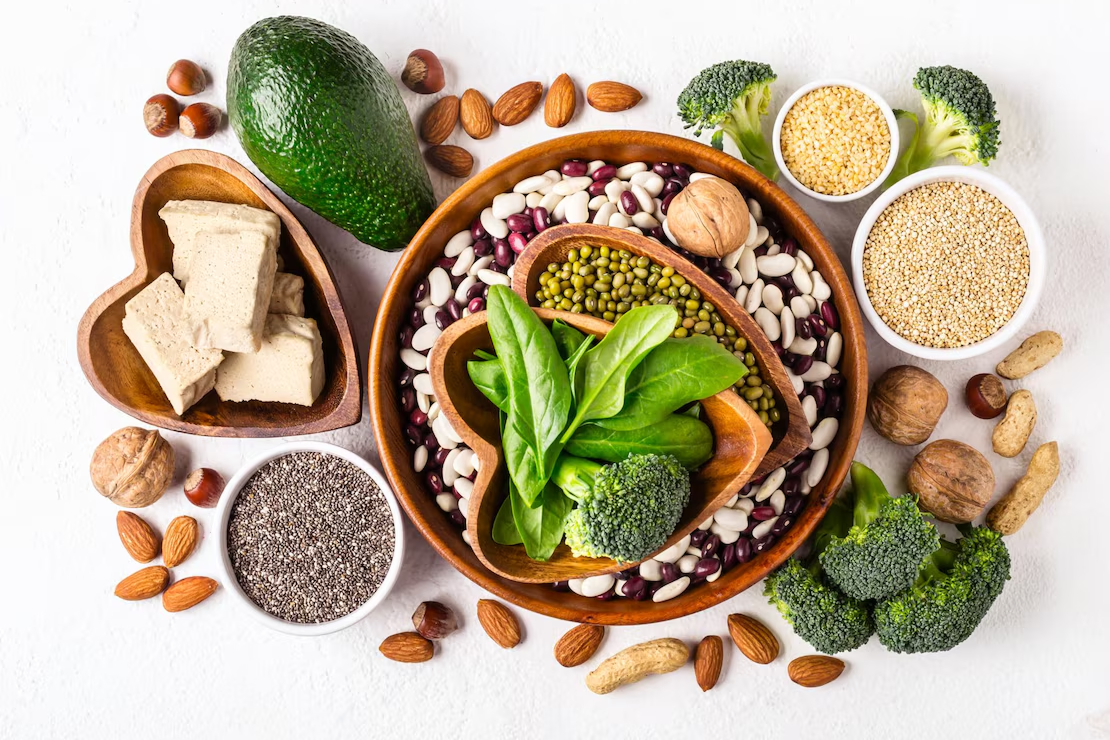Tofu vs. Tempeh vs. Lentils: Which Plant-Based Protein Reigns Supreme for Vegans?
Navigating the world of plant-based proteins can be daunting. This comprehensive guide compares tofu, tempeh, and lentils, evaluating their nutritional benefits, versatility, and how they support a vegan diet for optimal health and macro tracking.

Table of Content
Introduction
For those embracing a vegan lifestyle, ensuring adequate protein intake is often a primary concern. The plant kingdom offers a rich array of protein sources, but among the most popular and versatile are tofu, tempeh, and lentils. Each brings its unique nutritional profile, culinary applications, and health benefits to the table. But when it comes to choosing the "supreme" plant-based protein, which one truly stands out?
This comprehensive guide delves deep into a head-to-head comparison of these three vegan powerhouses. We'll explore their macronutrient and micronutrient content, discuss their unique advantages and disadvantages, and provide practical insights into how to best incorporate them into your diet. Whether you're a seasoned vegan or just starting your plant-based journey, understanding these staples is key to optimizing your nutrition.
And for those meticulously tracking their intake, our Macro Tracking AI app can be an invaluable tool. With features like AI Food Recognition and Personalized Goals, it helps you effortlessly monitor your protein, carbs, and fats, ensuring you meet your nutritional targets, especially on a plant-based diet.
Comparison Overview
| Nutrient (per 100g cooked) | Tofu (Firm) | Tempeh | Lentils (Brown) |
|---|---|---|---|
| Calories | 145 kcal | 195 kcal | 115 kcal |
| Protein | 15.7 g | 20 g | 9.0 g |
| Fat | 8.7 g | 11 g | 0.38 g |
| Carbohydrates | 3.9 g | 7.6-8 g | 20.1 g |
| Fiber | 1.1 g | 6 g | 7.9 g |
| Iron | 5 mg | 2.1 mg | 3.3 mg |
| Calcium | 683 mg | 96-100 mg | 19 mg |
Evaluation Criteria
- Nutritional Value: Protein quality, fiber content, and essential micronutrients (Iron, Calcium, Folate).
- Versatility: Ease of integration into various cuisines and cooking methods.
- Digestibility: How well the body processes the food, considering factors like fermentation.
- Cost-Effectiveness: Affordability and accessibility for regular consumption.
- Impact on Satiety & Blood Sugar: Ability to keep you full and maintain stable energy levels.
Tofu: The Chameleon of Plant Proteins
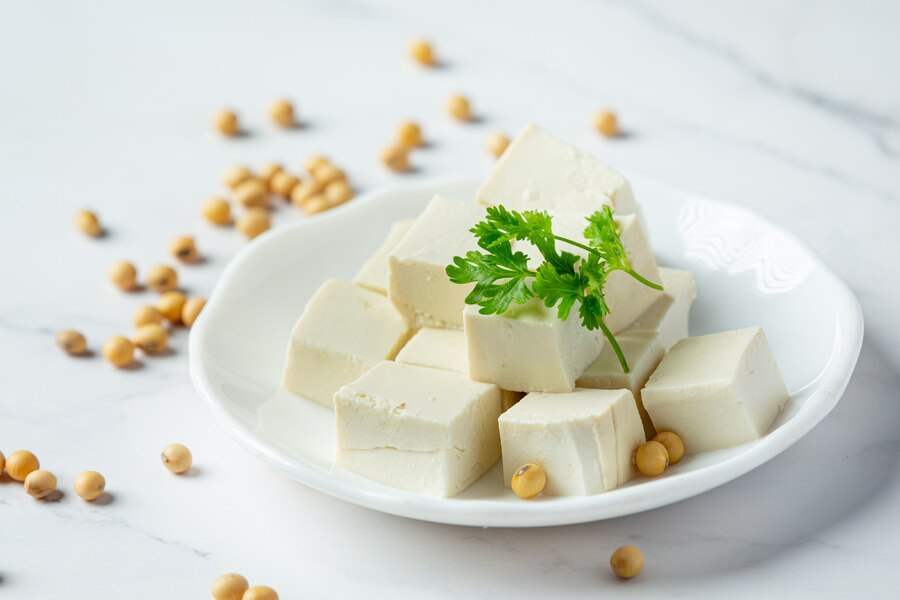
Overview
Tofu, a staple in Asian cuisine for centuries, is made from condensed soy milk pressed into solid white blocks. Its mild flavor and varying textures (from silken to extra-firm) make it incredibly versatile, absorbing the flavors of marinades and sauces. It's a complete protein, providing all nine essential amino acids, crucial for vegans.
Key Features
- Complete protein source
- Excellent source of calcium (especially calcium-set tofu)
- Rich in iron and manganese
- Low in saturated fat
- Extremely versatile in cooking
| Pros | Cons |
|---|---|
|
|
Use Cases
Stir-fries and Scrambles
Firm or extra-firm tofu is perfect for stir-fries, absorbing sauces beautifully. Crumbled firm tofu makes an excellent egg substitute in scrambles.
- Press tofu to remove excess water for better texture.
- Marinate for at least 30 minutes to infuse flavor.
- Pan-fry or bake until golden and crispy.
Smoothies and Desserts (Silken Tofu)
Silken tofu blends seamlessly into creamy smoothies, puddings, and cheesecakes, adding protein without altering flavor.
- Blend until completely smooth for a silky texture.
- Combine with fruits, sweeteners, and flavorings.
- Great for adding protein to sweet treats.
Verdict
Tofu is an indispensable plant-based protein, offering unparalleled versatility and a significant calcium boost. Its ability to take on any flavor makes it a kitchen essential for vegans.
Tempeh: The Fermented Powerhouse
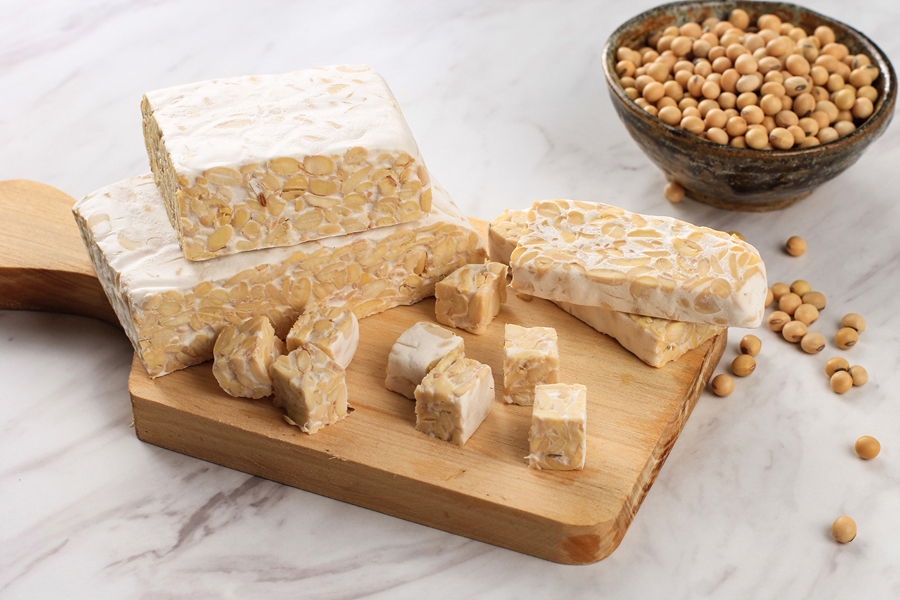
Overview
Tempeh, originating from Indonesia, is a fermented soybean product formed into a firm, nutty cake. The fermentation process not only makes it easier to digest but also increases its nutrient absorption and gives it a unique, earthy flavor. It boasts a higher protein and fiber content than tofu, making it incredibly satisfying.
Key Features
- Higher protein and fiber than tofu
- Contains probiotics due to fermentation
- Good source of iron, magnesium, and phosphorus
- Nutty, earthy flavor and firm texture
- Complete protein source
| Pros | Cons |
|---|---|
|
|
Use Cases
Grilling and Baking
Tempeh's firm texture holds up well to grilling and baking. It's fantastic in sandwiches, burgers, or as a main protein in a bowl.
- Steam tempeh for 10-15 minutes before marinating to soften and reduce bitterness.
- Slice thinly for crispy "bacon" or crumble for "ground meat" texture.
- Marinate in savory sauces for best results.
Chili and Stews
Crumble tempeh into chilis, stews, or sloppy joes for a satisfying, protein-rich addition that mimics ground meat.
- Sauté crumbled tempeh until browned before adding to liquid dishes.
- Season aggressively to match the dish's flavor profile.
- Adds texture and substance to plant-based comfort food.
Verdict
Tempeh is the protein champion for those seeking maximum protein and fiber, coupled with the added benefits of fermentation. Its robust flavor and texture make it a satisfying choice for substantial meals.
Lentils: The Humble, Nutrient-Dense Legume
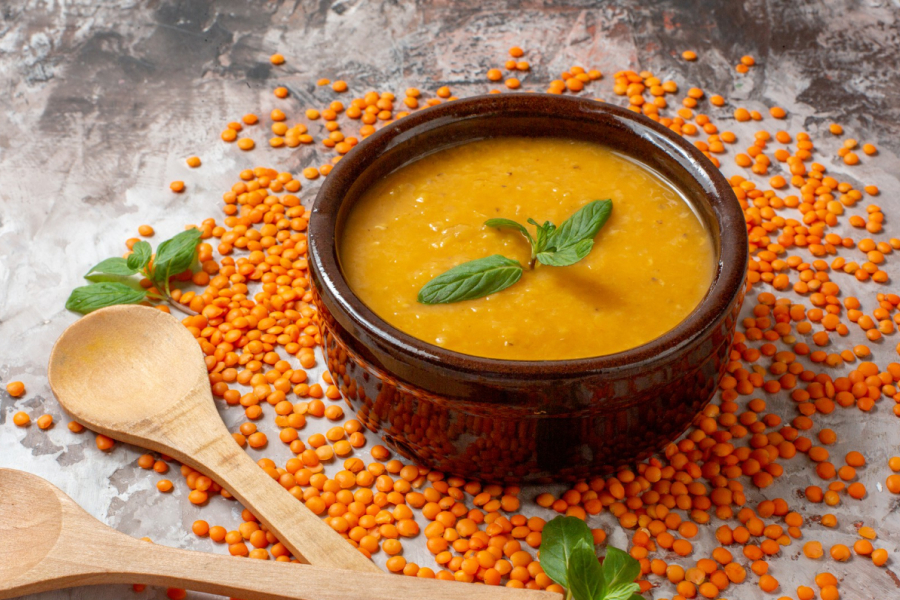
Overview
Lentils are small, lens-shaped legumes packed with nutrition. They are an incredibly affordable and accessible plant-based protein, offering an impressive amount of fiber, iron, and folate. While not a complete protein on their own, they become complete when paired with grains like rice, making them a cornerstone of many vegan diets.
Key Features
- Very high in dietary fiber
- Excellent source of iron and folate
- Low in fat and calories
- Affordable and widely available
- Quick cooking time (especially red and green lentils)
| Pros | Cons |
|---|---|
|
|
Use Cases
Soups and Stews
Lentils are a natural fit for hearty soups and stews, adding thickness, protein, and fiber. They cook down beautifully and absorb flavors.
- Rinse thoroughly before cooking to remove any debris.
- Cook with aromatic vegetables and spices for depth of flavor.
- Different types of lentils (red, green, brown) offer varied textures.
Salads and Side Dishes
Cooked and cooled lentils make a fantastic addition to salads, providing protein and texture. They can also be a simple, nutritious side dish.
- Dress warm lentils with vinaigrette for maximum flavor absorption.
- Combine with fresh vegetables and herbs for a vibrant salad.
- Avoid overcooking to maintain a slight bite for salads.
Verdict
Lentils are the undisputed champion for affordability, fiber content, and micronutrient density. They are a foundational food for any vegan diet, especially when paired with grains to form a complete protein.
Summary
Who Should Choose What?
- Choose Tofu if: You value versatility, a mild flavor that adapts to any dish, and a significant boost in calcium. It's excellent for those new to plant-based eating.
- Choose Tempeh if: You prioritize the highest protein density, gut-healthy probiotics from fermentation, and a heartier texture for substantial meals. Ideal for athletes and those seeking maximum satiety.
- Choose Lentils if: You're looking for the most budget-friendly option, maximum fiber for digestive health, and a rich source of iron and folate. Perfect for soups, stews, and meal prepping.
| Category | Best Option | Why? |
|---|---|---|
| Protein Density | Tempeh | Highest protein content per 100g, excellent for muscle building. |
| Lowest Calories/Fat | Lentils | High in fiber and micronutrients with minimal fat and calories. |
| Versatility & Calcium | Tofu | Incredibly adaptable, often calcium-fortified, great for diverse dishes and bone health. |
| Fiber Content | Lentils | Highest fiber, promoting digestive health and sustained satiety. |
| Digestibility (Fermented) | Tempeh | Fermentation enhances digestibility and provides probiotics. |
| Budget-Friendly | Lentils | Generally the most economical and widely available option. |
| Micronutrient Powerhouse | Tofu/Lentils | Tofu for Calcium, Lentils for Iron & Folate. Both are vital. |
Conclusion
In the grand showdown of tofu vs. tempeh vs. lentils, there's no single "supreme" winner. Each plant-based protein offers distinct advantages that cater to different nutritional needs, culinary preferences, and dietary goals. The true power lies in incorporating a variety of these foods into your diet to harness their collective benefits.
By diversifying your protein sources, you ensure a broader spectrum of amino acids, vitamins, and minerals, leading to a more robust and resilient plant-based diet. Experiment with different preparations, explore new recipes, and discover how each of these incredible foods can elevate your vegan culinary experience.
To truly master your plant-based nutrition, leverage the power of technology. Our Macro Tracking AI app, with its Macro Tracking and AI for Plant-Based Eaters features, can help you precisely monitor your intake, identify any nutritional gaps, and ensure you're getting all the essential nutrients from your diverse plant-based protein sources. Make informed choices, track your progress, and thrive on your vegan journey!
"The strength of a plant-based diet lies in its diversity. Embrace tofu, tempeh, and lentils not as competitors, but as complementary pillars of your nutritional foundation. And let AI guide you to optimal health."
Start Your Health Journey Today
Download Macro Tracking AI and take control of your nutrition with the power of artificial intelligence.
Download on App Store